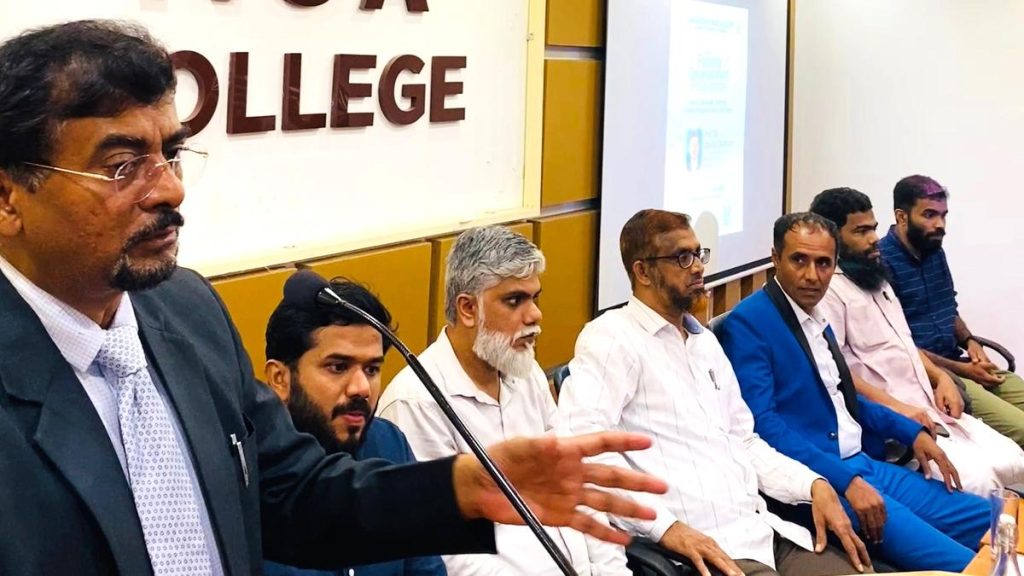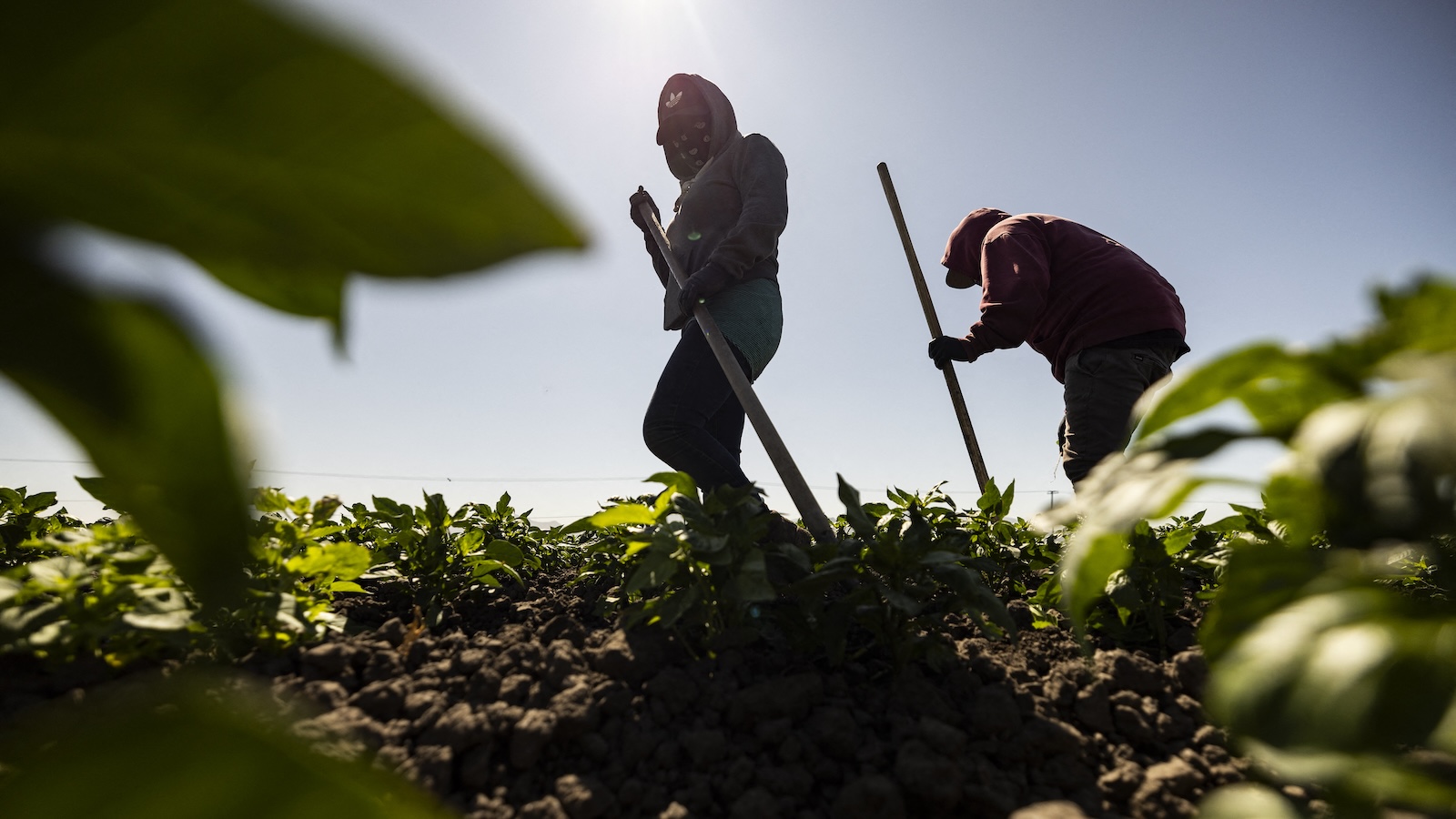Now Reading: Grassroots Fight to Protect Texas Prairie from Extinction
-
01
Grassroots Fight to Protect Texas Prairie from Extinction
Grassroots Fight to Protect Texas Prairie from Extinction

Quick Summary
- conservation-minded high school students in Dallas, Texas are rescuing plants from Coneflower Crest, a 300-acre prairie slated for demolition for development.
- The prairie is part of the endangered Blackland ecosystem, which has lost 99.9% of its original coverage due to agriculture and urbanization.
- Prairies mitigate climate effects like flooding, urban heat islands, and greenhouse gas emissions while hosting rare plant species like Hall’s prairie clover.
- The youth-led efforts include transferring plants to restoration sites without legal clearance-raising concerns among conservationists regarding ethics and long-term impacts on collaborations with developers.
- Threatened or endangered plants in Texas lack legal protections; some landowners expedite destruction to avoid liability. This dynamic complicates formal rescue processes led by institutions or officials that require permissions.
- Rescued flora contribute to preserving genetic diversity amidst global biodiversity loss but do little to restore larger interconnected ecosystems crucial for wildlife habitats.
!Two boys dig flowers out of a field
!A student holds up a plant “plug” dug from the prairie
Indian Opinion Analysis
The preservation efforts spearheaded by these students illustrate grassroots activism’s role in tackling biodiversity loss caused by rapid infrastructural expansion-a challenge familiar even outside Texas-including densely populated nations such as India where habitat fragmentation deeply hampers ecosystems too Bio-diverse & Surviving equilibrium = (Ensure Expansion thoughtfully balanced Importantly moreover.analyzed/opinions eco transformational























